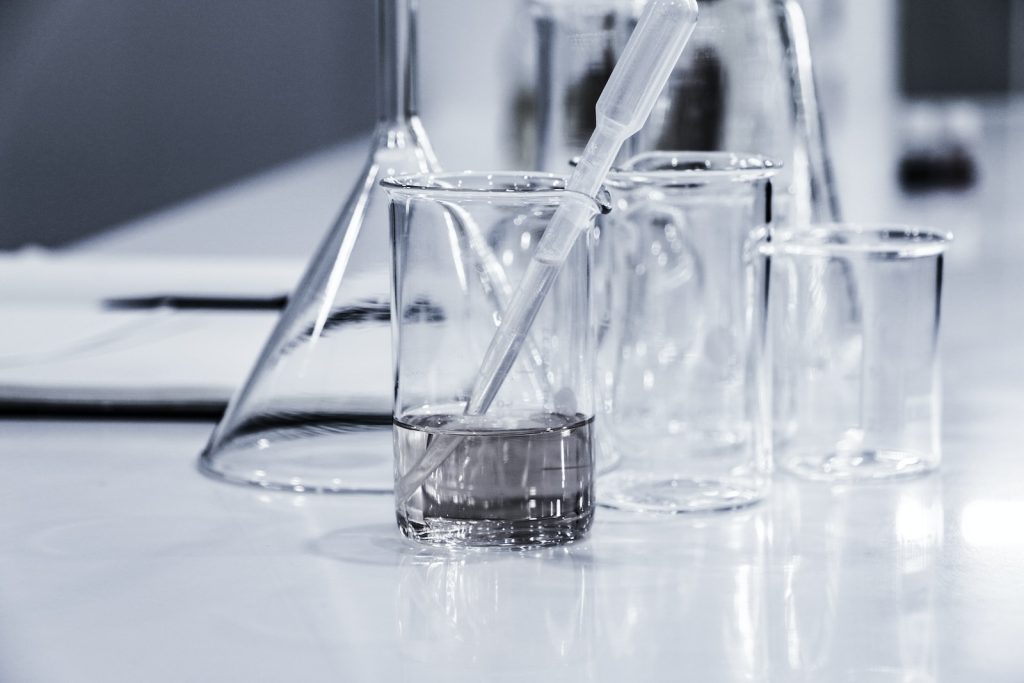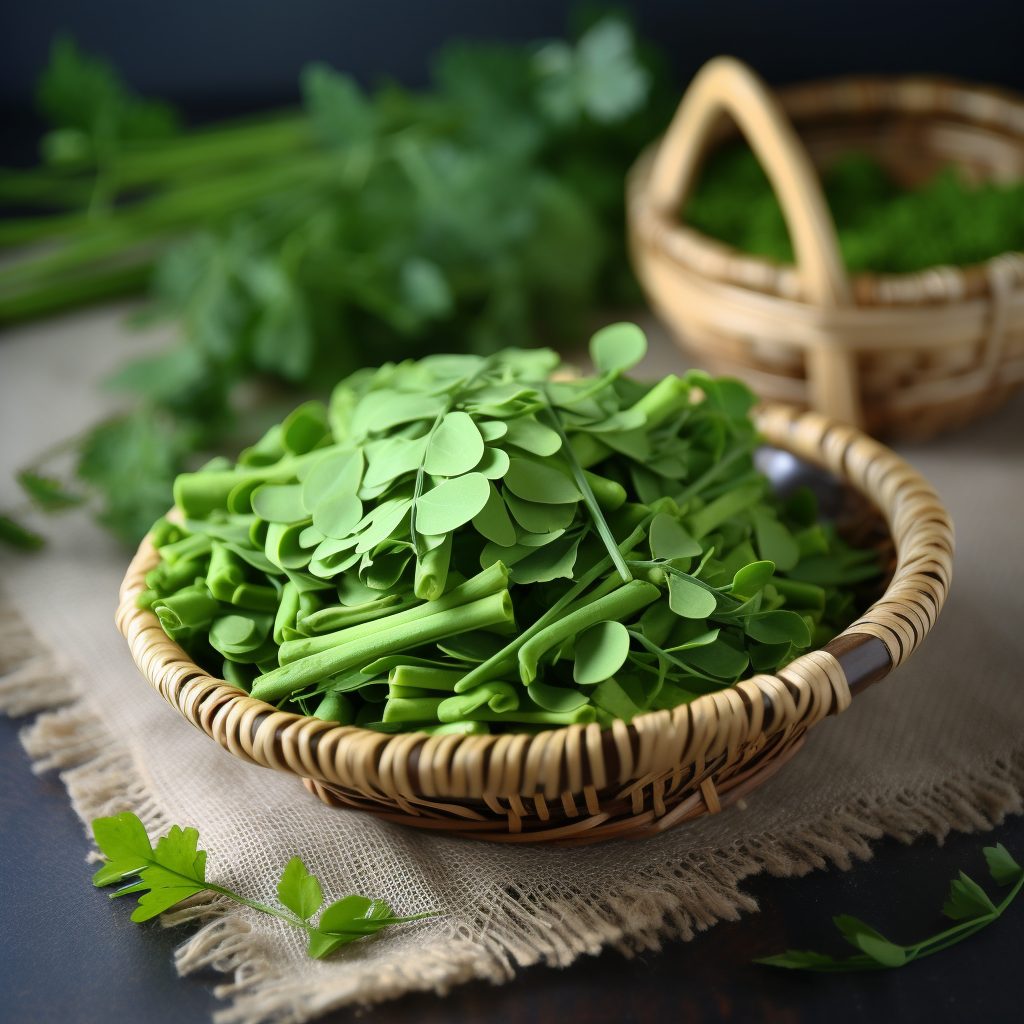Are you a man over the age of 55 looking to give your metabolism a boost? Look no further than capsaicin, the compound found in spicy chili peppers. Capsaicin has been shown to increase the amount of heat your body produces, leading to more calories burned, and may even reduce your appetite. Scientific studies have backed up these claims, making capsaicin a promising option for those looking to improve their metabolic health.

Incorporating capsaicin into your daily routine is easier than you might think. Simply adding a sprinkle of cayenne pepper to your meals or snacking on some spicy peppers can provide you with the metabolism-boosting benefits of capsaicin. And if you’re not a fan of spicy foods, don’t worry – capsaicin supplements are also available for purchase. With so many options available, there’s no reason not to give this spicy metabolism booster a try.
So if you’re a man over 55 looking to improve your metabolic health, consider incorporating capsaicin into your diet. With its proven benefits and easy-to-use form, it’s a simple and effective way to give your metabolism the boost it needs.
Capsaicin and Its Metabolic Benefits
If you’re a man over 55 looking to boost your metabolism, you may want to consider incorporating capsaicin into your diet. This compound, found in chili peppers, has been shown to have metabolism-boosting properties that can help you burn more calories.
Research has shown that capsaicin can increase the amount of heat your body produces, leading to more calories burned. It may also help reduce appetite, which can be beneficial for weight loss. One study found that participants who consumed capsaicin before a meal ate fewer calories than those who didn’t.
In addition to its metabolism-boosting properties, capsaicin has also been shown to have other health benefits. It may help improve heart health by reducing inflammation, and it may also have anti-cancer properties.
So how can you incorporate capsaicin into your diet? One easy way is to add chili peppers to your meals. You can also try using hot sauce or chili powder to add some heat to your food. Keep in mind that capsaicin can be quite spicy, so start with small amounts and gradually increase as you get used to it.
Overall, capsaicin is a natural and safe way to boost your metabolism and improve your health. Consider adding some spice to your life and reaping the benefits of this powerful compound.
Scientific Studies Supporting Capsaicin’s Role in Metabolism Boosting

Capsaicin, the compound responsible for the spicy taste of chili peppers, has been studied for its metabolism-boosting properties. Here are some scientific studies that support the role of capsaicin in metabolism boosting:
Capsaicin and Calorie Burning
A study published in the American Journal of Clinical Nutrition found that consuming capsaicin can increase the amount of heat your body produces, leading to more calories burned. The study found that consuming capsaicin with a meal increased energy expenditure by 50 calories per day in men and 29 calories per day in women. This effect was more pronounced in people with a higher body mass index (BMI) (1).
Another study published in the International Journal of Obesity found that consuming capsaicin can increase fat oxidation, which means your body is burning more fat for energy. The study found that consuming capsaicin with a meal increased fat oxidation by 20% in men and 32% in women (2).
Capsaicin and Appetite Reduction
A study published in the European Journal of Nutrition found that consuming capsaicin can reduce appetite. The study found that consuming capsaicin with a meal reduced hunger and increased satiety in men and women (3).
Another study published in the British Journal of Nutrition found that consuming capsaicin can reduce calorie intake. The study found that consuming capsaicin with a meal reduced calorie intake by 74 calories in men and 66 calories in women (4).
Incorporating capsaicin into your daily life can be easy. You can add chili peppers to your meals, sprinkle cayenne pepper on your food, or try spicy sauces and dips. However, it’s important to note that consuming too much capsaicin can cause digestive discomfort, so it’s best to start with small amounts and gradually increase your intake.
Overall, scientific studies support the role of capsaicin in metabolism boosting and appetite reduction. Adding some spice to your meals may be a simple and effective way to support your weight loss goals.
Incorporating Capsaicin into Daily Life
If you’re interested in incorporating capsaicin into your daily life, there are a few ways to do so. Here are two options:
Dietary Changes
One way to consume capsaicin is through dietary changes. You can add chili peppers to your meals, either fresh or dried, or add hot sauce or chili flakes to your food. Capsaicin is also found in cayenne pepper, paprika, and other spices, so try experimenting with different spice blends to find what you like.
Another option is to consume capsaicin through drinks. Capsaicin is found in some hot teas, such as ginger tea or chai tea with cinnamon, and can also be added to smoothies or juices for an extra kick.
Supplements
If you’re not a fan of spicy foods, you can also take capsaicin supplements. These supplements come in various forms, including capsules, powders, and oils. It’s important to note that supplements can vary in their potency, so make sure to read the label and follow the recommended dosage.
When incorporating capsaicin into your daily life, it’s important to start small and gradually increase your intake. Too much capsaicin can cause discomfort, such as heartburn or stomach pain. Listen to your body and adjust your intake accordingly.
Overall, capsaicin is a safe and natural way to boost your metabolism and reduce appetite. By incorporating capsaicin into your daily routine, you can reap the benefits of this spicy compound.
Safety Considerations for Men Over 55
While capsaicin can provide many benefits for metabolism and weight loss, it’s important to keep in mind some safety considerations, especially for men over 55. Here are some things to keep in mind:
1. Start Slowly
If you’re not used to spicy foods, it’s best to start slowly and gradually increase your intake. This will allow your body to adjust to the heat and prevent any discomfort or digestive issues.
2. Avoid Overconsumption
While capsaicin can be beneficial in moderation, consuming too much of it can lead to negative side effects such as stomach pain, diarrhea, and heartburn. It’s important to listen to your body and not overdo it.
3. Be Mindful of Medications
Capsaicin can interact with certain medications, such as blood thinners and high blood pressure medications. If you’re taking any medications, it’s best to consult with your healthcare provider before increasing your intake of capsaicin.
4. Consider Your Digestive Health
If you have any digestive issues such as irritable bowel syndrome (IBS) or acid reflux, it’s best to be cautious with capsaicin. Spicy foods can exacerbate these conditions and lead to discomfort.
5. Use Caution with Topical Capsaicin
Topical creams and ointments containing capsaicin can be effective for pain relief, but they can also cause skin irritation and burning sensations. It’s important to follow the instructions carefully and avoid using too much.
By keeping these safety considerations in mind, you can safely incorporate capsaicin into your diet and reap the benefits for your metabolism and overall health.
Conclusion
Incorporating capsaicin into your diet can be a simple and effective way to boost your metabolism and potentially aid in weight loss. Numerous scientific studies have shown that capsaicin can increase the amount of heat your body produces, leading to more calories burned, and may even reduce appetite.
One easy way to incorporate capsaicin into your diet is by adding hot peppers to your meals, such as jalapeños, habaneros, or cayenne peppers. You can also try adding hot sauce or chili flakes to your favorite dishes. However, it’s important to note that capsaicin may not be suitable for everyone, especially those with digestive issues or certain medical conditions.
If you’re interested in taking capsaicin as a supplement, it’s important to do your research and consult with a healthcare professional first. There are a variety of capsaicin supplements available on the market, but not all of them are created equal. Look for supplements that contain pure capsaicin and are free of any additives or fillers.
Overall, incorporating capsaicin into your diet can be a simple and effective way to boost your metabolism and potentially aid in weight loss. Just be sure to listen to your body and consult with a healthcare professional if you have any concerns.
Disclaimer: The information provided in this blog is for educational purposes only and is not intended as a substitute for professional medical advice. Always consult with your physician or another qualified healthcare provider before starting any new treatment or with any questions you may have regarding a medical condition. We also cannot guarantee the accuracy of the scientific studies mentioned.
Sources:
- https://academic.oup.com/ajcn/article/85/4/1020/4633005
- https://www.nature.com/articles/0803371
- https://link.springer.com/article/10.1007/s00394-015-0846-0
- https://www.cambridge.org/core/journals/british-journal-of-nutrition/article/acute-effects-of-capsaicin-on-energy-expenditure-and-fat-oxidation-in-negative-energy-balance/4B7B0B7E6B4F4A5A4B7A9D5B7B5C4A6B
David, a dedicated superfood enthusiast, has spent over a decade delving deep into the healing and rejuvenating powers of superfoods. With his vast knowledge, he passionately shares insights on how these natural wonders can optimize health and vitality for modern lifestyles.




